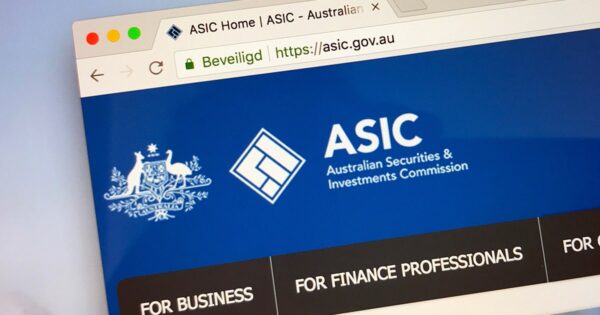Morningstar issues fail to new portfolio holdings regime

Australia’s new portfolio holdings disclosure regime is materially below global best practice, according to international research and ratings house, Morningstar.
In an analysis released today, Morningstar Australia’s head of Manager Selection, Grant Kennaway together with Data Director, Global Fund Data, Greg Bunkall, have given the new portfolio holdings regime a low rating.
“What the government released on 11 November, in the final version of its Corporation Amendment (Portfolio Holdings Disclosure) Regulations 2021 has not been worth the wait,” the analysis said. “The regulations have been meaningfully altered, compared with previous draft versions released to the market, and are now materially below global best practice for portfolio holdings disclosures.”
“In its current legislated form, the flaws in the Australian Portfolio Holdings Disclosure Regulations 2021 are many, but Morningstar would call out these specific points:
x The disclosure requirement of simple asset types like bonds is opaque, making these disclosures meaningless. Simply listing the issuer of a bond tells investors nothing about its credit quality and interest-rate risk.
× If a superannuation fund was to invest in an external bond fund, it need only disclose the name of the fund manager, obscuring whether the investment was in Australian government debt or emerging- market bonds, etc.
× The required disclosure of cash is also opaque and does not allow any scrutiny or the ability for informed analysis as to whether a holding is actual cash or cash-like—or not cash at all.
× The grouping of derivatives into types makes this meaningless. Take swaps: Is this swapping the return of a volatile asset, or a relatively stable interest rate?
× The proposed standard only calls for a semi-annual disclosure, and it doesn’t cover managed funds themselves. Unless the fund is a related party to an Australian registrable superannuation entity and managing superannuation fund assets, there will be no portfolio disclosure obligations.
“What the government has settled on with this regulation is a watered-down asset-allocation requirement, not true portfolio holdings disclosure that is prevalent globally. The only asset class where portfolio disclosure really occurs is in the listed equity section, which holds many of the most well- regulated (lowest risk from a disclosure sense) assets on Earth and is the least problematic area for these regulations to focus upon.”
“Where the government has landed means there is no way investors could use the now required data for portfolio comparison, nor is there a way you could use this data to understand the true risks of a portfolio. More-granular disclosures and identifiers would have allowed portfolio constructors to conduct deeper analysis to better support end investors in reaching their investment goals. There is no way individuals or groups could identify fraudulent activities using the now-required data.”
“In addition to the above flaws, Australia continues to lack a code or regulation that would require fund disclosure of stewardship activities.”












Good job to those who helped the Senator with these very relevant and revealing questions. Somehow we really need to…
ASIC, APRA and the union funds all believe that if a client wants to pay for financial advice from their…
Seems like many advisors need a scapegoat for all the woes of the financial planning industry. AMP had no choice,…
They will never ban the ads or change their bias towards union funds. ASIC, ACCC, APRA and treasury are full…
These are all aspects that should have been investigated and cleared up the moment the Libs formed gov under Turnbull…